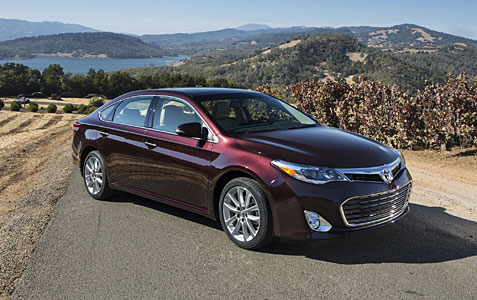Toyota is seeking to reinvent itself after a disastrous few years when trade collapsed due to the global financial crisis and Toyota experienced its greatest ever loss, production was impeded after the earthquake and tsunami in Tōhoku in 2011, and the company mounted the world’s largest recall campaign in 2009 which blemished the company’s once-immaculate safety record.
One solution
For decades, Toyota emphasized its staid reliability, which is oft-mentioned by motoring.com.au, a leading source of automotive news. In 2012, however, it announced that it wanted to be one of the cool kids. The largest automaker in Japan said it would re-jig its development system to grant engineers greater freedom to experiment with designs that were bolder and more daring. Chief executive, Akio Toyoda, the grandson of the company’s founder, declared, “We want to take more risks.”
Previously, as many as 100 executives could review design changes, but the process is no longer democratic, and less executives are now involved. More research and development work will be devolved to teams in emerging economy nations so that models can be tailored to local needs. Engineers will be constrained by pressure to reduce costs by employ standard parts.
The Camry – a boring, beige appliance
The Camry is an eminently sensible means of obtaining groceries and the best-selling car in North America, but its design has long been mocked. A 2011 article by Motor Trend magazine stated that terms such as “boring,” “appliance,” and “beige” were often used to describe it. Tokuo Fukuichi, who became Toyota’s chief designer in 2011, said this was the result of a consensus-driven process that attempted to please everybody but consequently excited nobody. Fukuichi said that if people are to be passionate about a design, some people are going to hate it. He knows of what he speaks, having designed the first generation Previa – the “egg van” – which is among Toyota’s most love-it-or-hate-it vehicles.
The Kluger is now more masculine

One example that shows that Toyota is achieving its goal is the Kluger, which is sold in the United States as the Highlander. It was a favorite of busy mothers but was made more masculine to increase its appeal to males. It’s now longer and marginally wider than its predecessor and features improved aerodynamics, sculptured side-door panels, and a progressive silhouette. Toyota hopes that this auto’s increased sophistication and dynamism will tilt the Kluger’s balance more to yang than yin, and Toyota Kluger reviews will attest to its success in this venture.
Designer were given free reign with the Avalon
Then, there is the Avalon, for which U.S. designers were given free rein in its re-styling. Reviewers acknowledged that wraparound taillights and a trapezoidal grille had changed the way the vehicle feels to a great degree. When Toyoda first clapped eyes on the revised vehicle, he is said to have exclaimed, “Cool! Don’t change a thing.”
And, finally…
Toyota’s engineering and production was once driven by kaizen, the making of continual, incremental improvements rather than radical changes. Fukuichi said that this could produce a fashion model but not an actress who was unforgettable even if her figure were less attractive and her face unusual.
When asked if Toyota’s design process could soon emulate that of Apple, which is famed for eschewing market research and going with its designers’ tastes, Toyoda said his company was “headed more in that direction” and needed to be “more visionary.”
You can follow us on Twitter and Facebook for content updates. Also, sign up for our email list for weekly updates and check us out on Google+ as well.
Posted in: Cars
Tags: Toyota, Toyota Avalon, Toyota Camry, Toyota Highlander, Toyota Kluger











